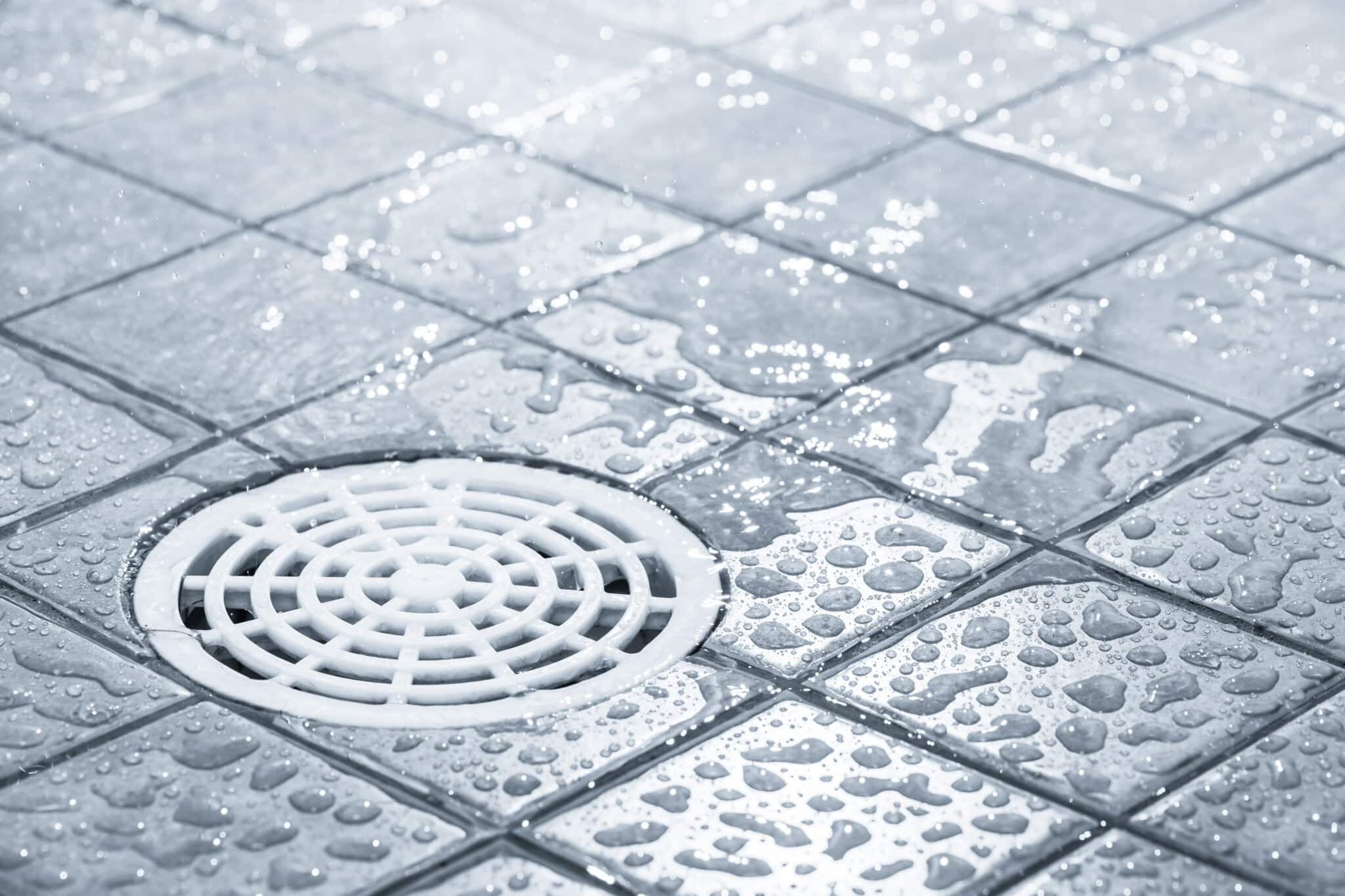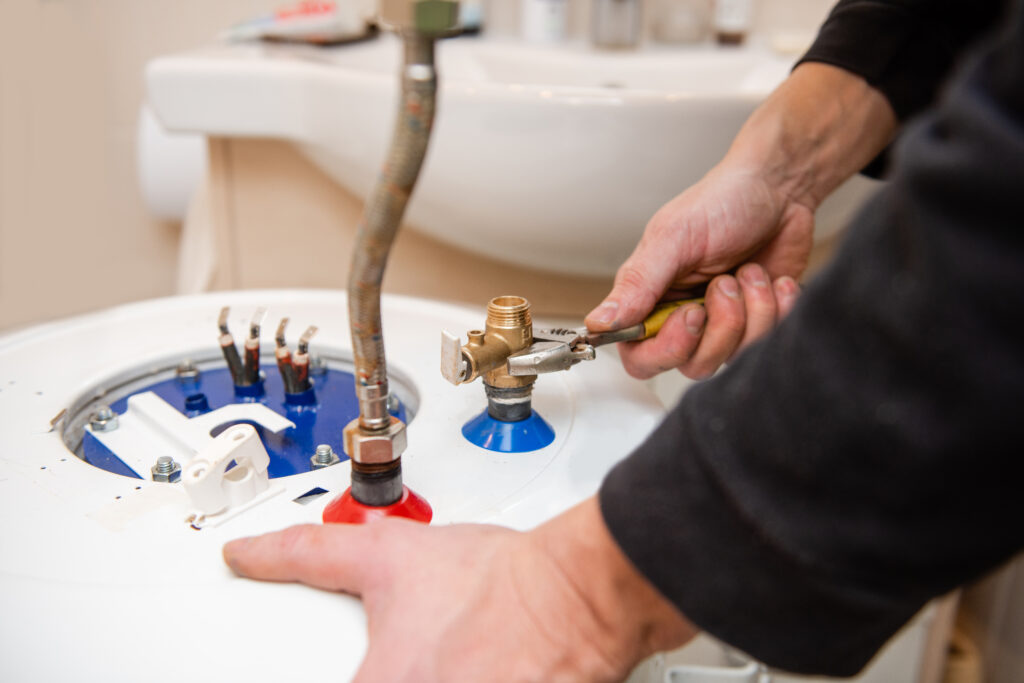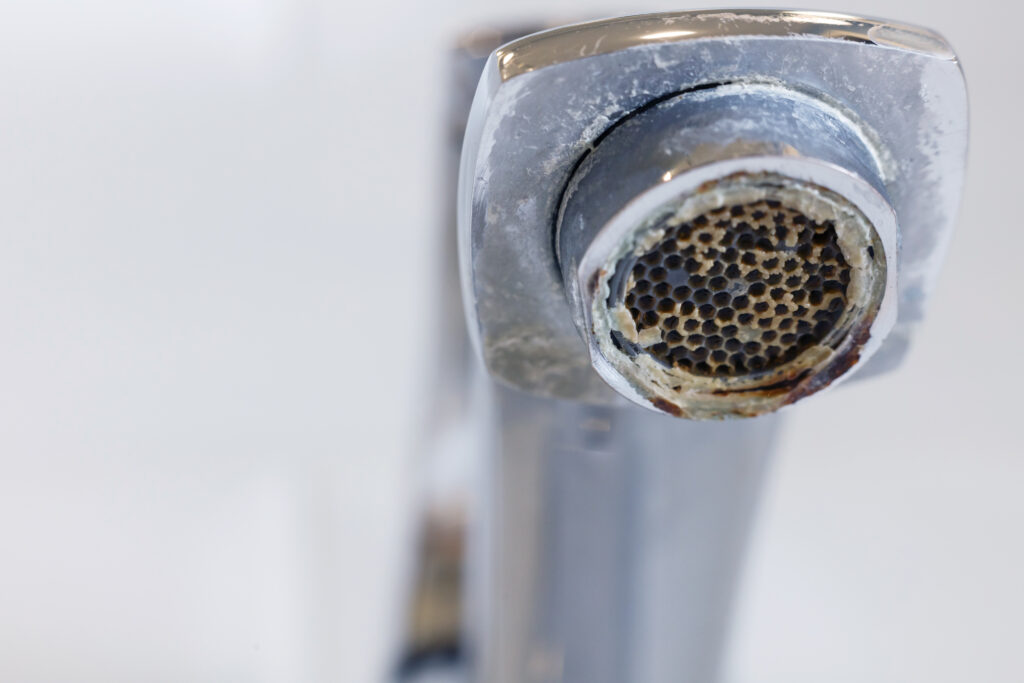Have you ever finished taking a shower and noticed a puddle of water at your feet or a bad smell coming from the drain? This is usually caused by a clogged drain, which can make your showering experience unpleasant. Luckily, this problem can usually be easily fixed with some simple steps. This post will guide you through why showers get clogged, the quick fixes you can try, and when you might need to call a professional for help.
Why Do Shower Drains Clog?
A shower drain is intended to handle water flow from your shower along with minor debris such as soap scum and hair. Beneath the drain cover lies a pipe that typically features a trap—a U-shaped bend that holds standing water to prevent sewer gases from entering the home. While this design is effective for its intended purpose, various factors can disrupt its functionality, leading to clogs.
How Shower Drains Work
When water flows down your shower drain, it carries along any small particles present on the shower floor, such as soap fragments, hair, and dirt. The water and accompanying debris move through the drain trap and eventually into your home’s main sewage system. Ideally, this system is self-sustaining with water continuously clearing the debris. However, when the balance is disturbed, clogs can form.
Common Reasons for Clogs
- Hair Accumulation: Hair is the most common culprit behind drain clogs. It can bind with grease and other sticky substances to form a net, which gradually collects other debris and obstructs the flow of water.
- Soap Scum: Soap bars often contain fats that can combine with minerals in water to form soap scum. This sticky residue can adhere to the walls of pipes, narrowing them and reducing water flow.
- Dirt and Minerals: Excessive dirt from bodies and minerals from hard water can build up over time. This sediment can create significant blockages if not regularly flushed from the pipes.
- Small Objects: Occasionally, small objects such as razor cover caps, shampoo caps, or jewelry can accidentally fall into the drain and get stuck, particularly if the drain cover is defective or missing.
- Improper Use of Drain: Using the shower drain as a disposal for anything other than water and soap can quickly lead to clogs. This includes flushing down substantial amounts of sand (after beach visits) or foreign materials that are not meant to be processed by a bathroom drain.
How to Unclog a Shower Drain: DIY Fixes
There are several effective DIY methods you can try before considering professional help. Here’s how you can tackle this problem on your own.
Best Methods for Unclogging Shower Drains
- Boiling Water: Often, a simple and quick fix is pouring boiling water down the drain. This method works best for soap scum and grease buildup. Boil a large pot of water and carefully pour it down the drain in two to three stages, allowing the hot water to work between each pour.
- Baking Soda and Vinegar: For a non-toxic chemical reaction, pour half a cup of baking soda followed by half a cup of vinegar down the blocked drain. Cover the drain with a wet cloth to contain the bubbling mixture and enhance its effectiveness. Wait for about an hour, then flush with hot water to clear the residue.
- Plunger: A plunger can be used to dislodge localized clogs near the drain entrance. Make sure there’s enough water in the shower to cover the plunger’s lip and create a vacuum. Firmly press down and pull up repeatedly to generate suction.
- Plumbing Snake or Wire Hanger: A more direct approach involves using a plumbing snake or a straightened wire hanger to reach deeper clogs. Carefully insert the tool into the drain and twist it to catch and pull-out debris. This method is particularly effective for removing hair clogs.
- Wet & Dry Vacuum: If you have a wet and dry vacuum, it can be a powerful tool in combating drain clogs. Set it to vacuum liquids, cover the vent to prevent a mess, create a tight seal over the drain, and turn on the vacuum to maximum to draw out the clog.
How to Address More Severe Shower Drain Clogs
Disassembling the Shower Drain
Disassembling your shower drain can be a daunting task, but it’s often necessary to remove tough clogs that are inaccessible by other means. Here’s how to do it safely:
- Gather Your Tools: You’ll need a screwdriver, pliers, a flashlight, and possibly a wrench.
- Remove the Drain Cover: Use the screwdriver to remove screws securing the drain cover. If it’s a snap-on cover, gently pry it off with a flat tool.
- Inspect the Drain: Use the flashlight to look down the drain. Often, hair and other debris are caught just below the surface and can be easily removed.
- Use a Hand Auger: If the clog is deeper, use a hand auger (manual plumbing snake) to reach into the drain and dislodge the clog. Carefully feed the auger down the drain, turning it as you go, to catch and clear the obstruction.
- Clean and Replace: Once the clog is cleared, clean any residue from the drain cover and the immediate drain area. Reassemble the drain cover securely.
When to Call a Professional
Sometimes, a clog is too tough for even the most determined homeowner, or it might be a symptom of a more significant plumbing issue. Here are signs that it’s time to call a professional plumber:
- Persistent Clogs: If clogs recur frequently, despite thorough cleaning, there might be deeper issues with your plumbing system that require professional tools and skills.
- Slow Draining Across Multiple Fixtures: If more than one drain in your home is slow or clogged, this could indicate a blockage in your main sewer line, which requires professional intervention.
- Bad Odors and Gurgling Sounds: Persistent unpleasant odors or strange gurgling sounds from your drain can be a sign of serious plumbing problems.
- Water Backflow: Any instance of water backing up out of the drain when other fixtures are used should be immediately addressed by a professional.
Prevent Your Drain From Clogging
Establish a Regular Cleaning Schedule
Weekly Care: Flush your drain with boiling water weekly to melt away any grease or soap buildup.
Monthly Maintenance: Once a month, pour a mix of baking soda and vinegar down the drain, wait an hour, then follow with hot water to thoroughly clean out residues.
Things to Avoid Putting Down the Drain
- Excessive Hair: Use a hair catcher on your drain and clean it regularly. Try to remove loose hairs before they go down the drain.
- Oils and Grease: These can solidify in your plumbing and trap other debris. Always dispose of grease and oils in the trash, not the drain.
- Large Particles: Sand and similar particles can accumulate in your trap and cause blockages. Rinse off any excess debris before entering the shower.
- Harsh Chemicals: While they can provide a quick fix, harsh chemicals can damage your plumbing over time. Use them sparingly and opt for gentler, natural cleaning solutions.
Use Drain Guards
Fit a drain guard over your drain to catch debris. Choose one that matches the drain size and clean it regularly to prevent build-up.
Shower Still Not Draining Properly? Give Nearby Plumbing a Call
If your shower is still not draining properly or if there are unwanted odors coming from it, Nearby Plumbing can help you out. Our expert technicians specialize in all things plumbing, including remodels, pipe repairs, and even emergency services. We understand the frustration and inconvenience of a clogged shower drain, which is why we offer quick and efficient services to get your shower back up and running in no time. Contact us today to schedule an appointment or for any urgent plumbing needs.





